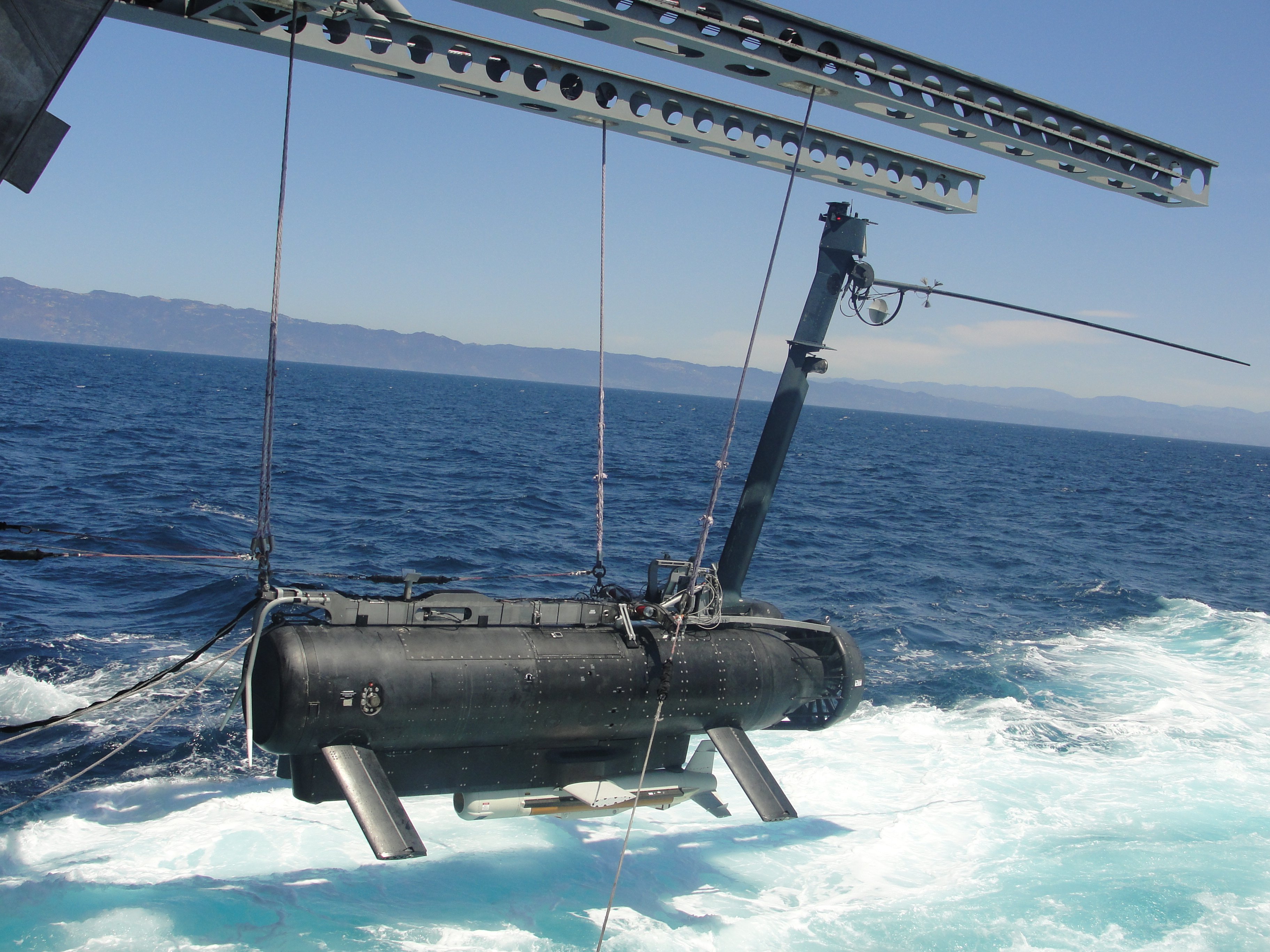
WASHINGTON, D.C. – USS Independence (LCS-2) got underway Tuesday to prepare for its mine countermeasures mission package technical evaluation (TECHEVAL), which will be followed by initial operational test and evaluation (IOT&E) in July and likely a declaration of initial operational capability (IOC) by the end of September, the program executive officer for Littoral Combat Ships told USNI News.
The LCS left Pensacola, Fla., with the crew that will take it through the TECHEVAL beginning April 21, Rear Adm. Brian Antonio said in an interview at Washington Navy Yard. The ship will conduct several mine countermeasures (MCM) missions at sea until the testing ends around June 9, and the ship will then have to turn around and get ready for IOT&E the next month.
“Coming out of TECHEVAL, there will be a hot wash, we’ll assess the data and the plan is then to enter IOT&E in July,” Antonio said.
“That test window runs through September. So it’s my goal to complete that testing before the end of the fiscal year so that when we get the results in the fall, if they’re favorable, then we can declare IOC for the mine countermeasures mission package.”
Following just weeks behind that schedule, USS Coronado (LCS-4) will be going through TECHEVAL and IOT&E with the surface warfare mission package. The surface warfare package already reached IOC on the Freedom-variant LCS, but both variants must go through the testing process separately on all three mission packages before being allowed to deploy with the mine countermeasures, surface warfare or anti-submarine warfare systems.
“By the end of the fiscal year, we will have done two more IOT&Es on mission packages on LCS ships, which would be tremendous,” Antonio said.
Once fielded, the LCS with the MCM mission package would begin to replace the Navy’s wooden Avenger-class mine countermeasures ships (MCMs) from the 1980s.
Asked what he was most worried about regarding the MCM testing, Antonio said the mission package as a whole – the system of systems – can meet its mission requirements, but he worries that one piece of technology might have a “bad day” and fail to meet a requirement for the individual mission package components.
“I would say one of my concerns with getting through the mine countermeasures mission package testing is matching the upfront test requirements to the [key performance parameters] for the individual systems. They’re not exactly the same,” he said.
“There are test requirements that we have to get through that show capability of the entire system from end to end. … There are individual systems that have their own specification requirements, and on any given day one might be having a bad day – the individual system itself may not do particularly, well but in terms of the bigger picture of the end-to-end capability,” the component failure might not mean much when looking at the mission package performance as a whole.
Antonio said the MCM mission package “is miles away of any capability we have out there today” and is confident it can meet the needs of fleet commanders. But the system won’t go to the fleet until it passes its test.
“I want to match the expectations of a successful test, and what a successful test really means, compared to people nitpicking, going ‘yeah but you weren’t able to recover that in 15 minutes, it took you 17 minutes.’ Or something to that effect,” Antonio said.
Though Antonio did not mention specific technologies he was concerned about, a lot of attention will be on the Lockheed Martin Remote Multi-Mission Vehicle (RMMV). Early versions of the vehicle failed on average every eight hours. The Navy and Lockheed Martin put the unmanned vehicle through a reliability growth program, and after rigorous testing the vehicle reached 200 hours average time between failures, USNI News has reported.
Antonio said there are “incredibly smart … national treasures” at Navy Yard, in Florida and in the testing community to work out the technical details of making sure a poorly timed failure in one piece of technology wouldn’t ruin the whole operational test.
At the end of the day, he said, “we’ve proven that the systems work. Will we have issues every now and then? Yes we will. Some of these systems have been in development a long time, it’s time to bring them together and do the end-to-end run and prove them out.”





